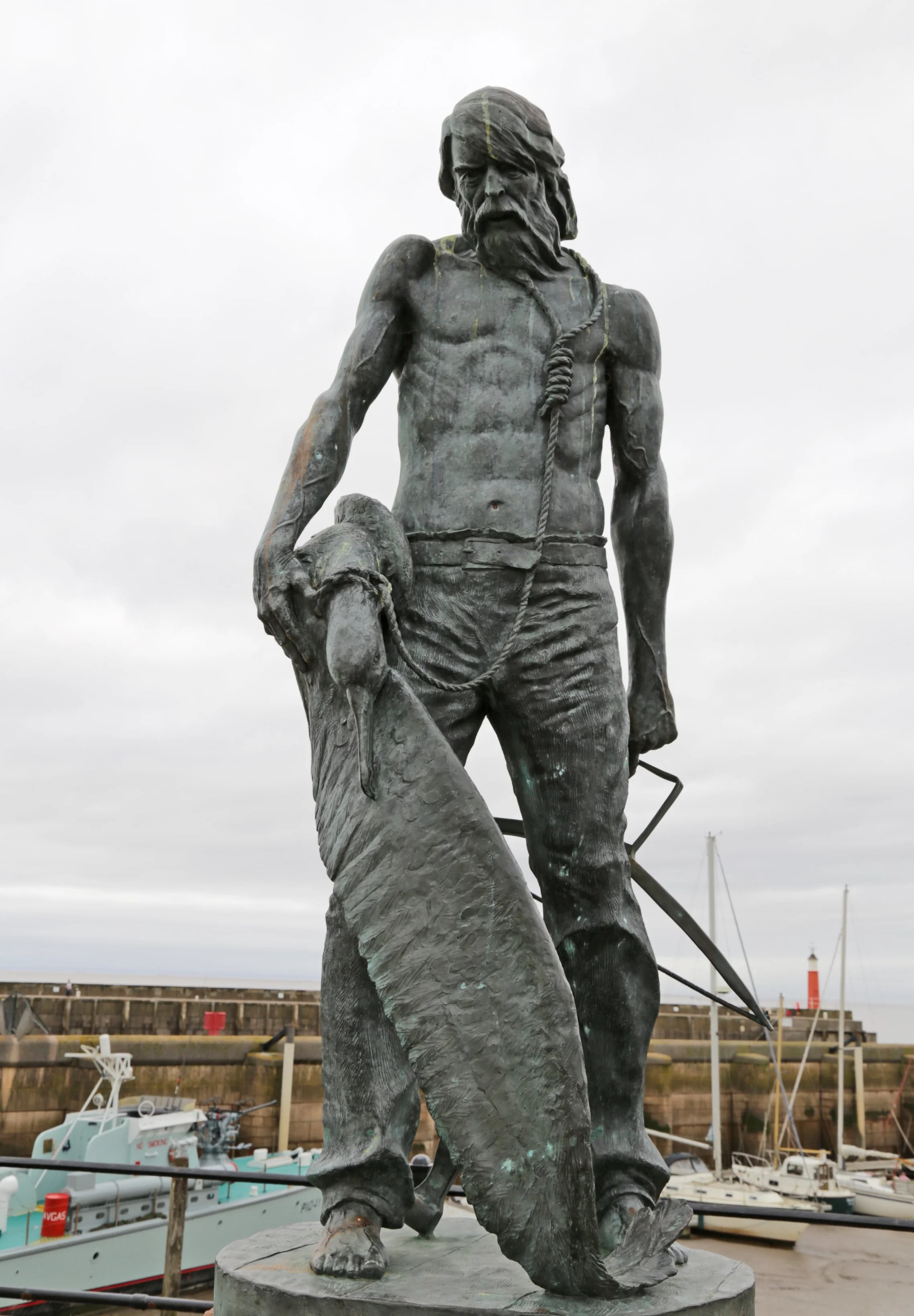The Ancient Mariner and the leadership of change
Leaders must resist the managerial urge to control and instead foster the narrative of connection. Change, after all, is not something one “drives.”
In a time when organisational change is common but rarely truly transformative, we question why transformation resists even our most advanced strategies. Despite having frameworks, roadmaps, and change charters, something essential remains hidden: the human core of change—the lived, ethical, emotional experience of becoming different.
Literature can offer insights that management theory often overlooks. Samuel Taylor Coleridge’s The Rime of the Ancient Mariner is commonly seen as a supernatural story or moral lesson. But it also serves as a psychological investigation of personal change. The mariner, marked by his impulsive crime and existential pain, is not just a tragic figure but also a leader of change—imperfect, remorseful, and ultimately redeemed through moral awakening and storytelling.
From misstep to meaning: a leader’s fall
The mariner’s story begins with a careless act: he kills the albatross that had guided his ship to safety. There’s no excuse for his action—only impulse and arrogance. His punishment isn’t immediate death, but the much heavier weight of surviving. His crewmates perish; he is left alive, alone, and cursed. In his solitude, he is haunted not by ghosts, but by guilt, and by Life-in-Death, a spectral figure who condemns him to a form of living spiritual exile.
Philosopher Paul Ricoeur observed that “narrative identity” is shaped not by what happens to us but by how we interpret and integrate those events into a story of self. The mariner’s identity is shattered and reformed through this painful process. For leaders, the albatross may be a metaphor for unacknowledged mistakes made under pressure—the hasty restructure, the misjudged directive, the dismissed voice. The real challenge is not to avoid error but to live with it, learn from it, and allow it to change one’s moral outlook.
The mariner’s turning point isn’t through tactics but through wonder. Watching sea-snakes glide beneath the moon, he blesses them “unaware.” In that spontaneous act of compassion—an aesthetic and ethical acknowledgment of life beyond himself—he reconnects with the world. The albatross falls from his neck. The burden lifts not when the ship moves again but when his inner world shifts.
This moment exemplifies what psychologist Robert Kegan calls “transformational learning”; a shift not just in what one knows, but in how one knows. The mariner does not acquire new information; he undergoes a restructuring of consciousness. True leadership in change must be similarly developmental: less about tools and more about reshaping the self.
The listener changes too
And yet, the mariner’s story isn’t complete without its listener. The wedding guest, initially keen for the festivities, is stopped by the mariner’s “glittering eye.” He becomes a reluctant audience, drawn into a tale he never meant to hear. But by the end, he is changed. He rises “a sadder and a wiser man.”
What moves him is not argument or data, but presence and story. The mariner’s tale is confessional, not prescriptive. It has no “takeaways” in the corporate sense. Instead, it invites reflection, even complicity. The wedding guest sees, in the mariner’s suffering, the cost of arrogance and the possibility of renewal.
Philosopher Hannah Arendt wrote that “storytelling reveals meaning without committing the error of defining it.” In organisational life, we often seek compliance through logic and structure. However, what people truly need in times of change is meaning—narratives that help them find their place in the unfolding drama. The mariner’s story does not instruct—it transforms. And it does so not because it is flawless, but because it is human.
Change is a quest, not a task
The corporate language of change—drivers, levers, alignment, buy-in—often downplays the emotional and ethical importance of transformation. It portrays change as a logistical challenge rather than a meaningful one. Yet, as Søren Kierkegaard noted, “life must be understood backward—but it must be lived forward.” True transformation demands embracing uncertainty, accepting the costs of new commitments, and reconciling the past with an aspirational future.
In this way, change resembles a pilgrimage more than a project. It demands endurance, humility, and above all, storytelling. Leaders must be prepared not just to plan but also to testify. Like the mariner, they need to share what they have seen and done. They need to make sense of their journey and invite others along.
Psychologist Dan McAdams, in his work on narrative identity, describes how people find meaning in adversity through “redemptive stories”. These are narratives in which suffering leads to insight or service. The mariner’s story is one such tale. Likewise, the stories leaders tell must not be triumphalist fictions, but hard-won reckonings that offer hope.
Lessons in liminal times
Coleridge’s mariner leaves us not with answers but with a stance: one of humility, moral responsibility, and radical openness to the world’s wonder. His leadership isn’t about giving commands but about bearing witness. And his redemption isn’t solely his; it’s reflected in his impact on others.
Today, as always, leaders must resist the managerial urge to control and instead foster the narrative of connection. Change, after all, is not something one “drives.” It is something one enters, endures, and sometimes survives. The gift, if there is one, is the ability to speak of it, to help others rise, wiser, for having listened.
